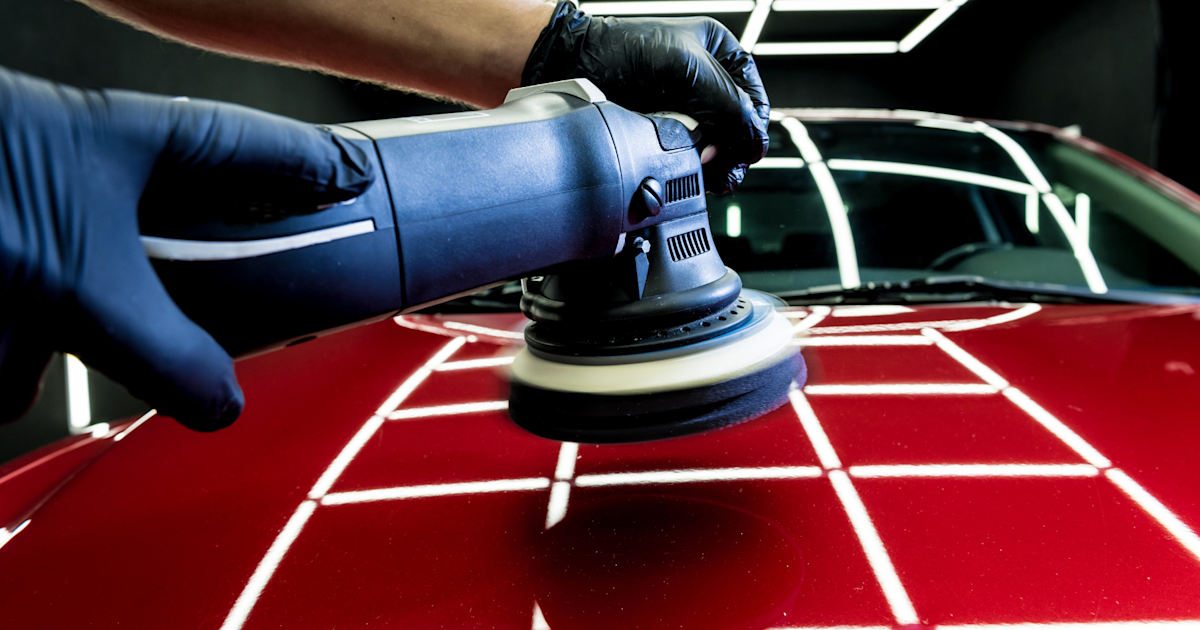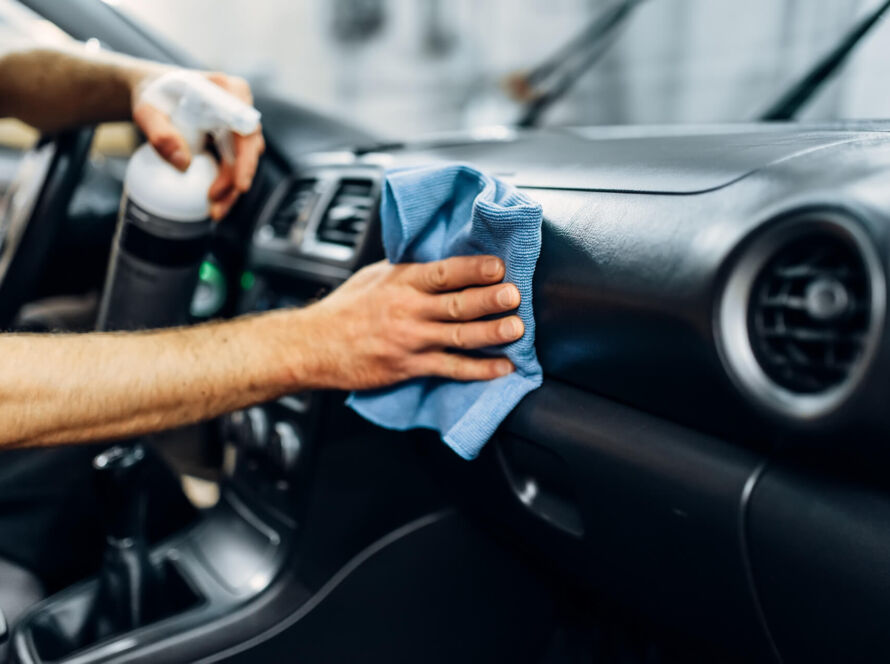Compounding vs Polishing: What’s the Difference?
When it comes to restoring your car’s shine, two terms you’ll often hear are compounding and polishing. While they’re related, they aren’t the same thing. Understanding the difference is crucial if you want to know how paint correction works and why professionals use both steps to bring paint back to life.
According to detailing experts, over 80% of visible paint defects can be corrected with proper compounding and polishing, which makes them essential steps in professional detailing.
What Is Compounding?
Compounding is the aggressive, first stage of correction. It uses abrasive compounds and cutting pads to level the clear coat and remove major defects, such as:
- Deep swirl marks
- Heavy oxidation
- Water spots and etching
- Light scratches
Think of compounding as sandpaper for your clear coat — it removes imperfections by carefully shaving down a tiny layer of paint.
What Is Polishing?
Polishing is the refining stage that follows compounding. It uses finer abrasives to smooth out the surface, remove haze left by compounding, and enhance depth and gloss.
Polishing corrects:
- Light swirl marks
- Micro-marring
- Dull or cloudy finishes
- Fine holograms
Polishing doesn’t cut as aggressively as compounding. Instead, it focuses on perfecting the finish.
Compounding vs Polishing: Key Differences
| Feature | Compounding | Polishing |
| Purpose | Removes deeper defects, levels clear coat | Refines finish, enhances gloss |
| Abrasiveness | High (cutting compounds, heavy pads) | Low to medium (finishing polish) |
| Results | Eliminates scratches & oxidation | Restores clarity & shine |
| When Used | Start of paint correction process | Final stage of correction |
Why Both Are Important
- Compounding removes heavy damage but can leave behind haze.
- Polishing refines the surface to a flawless, mirror-like finish.
- Together, they ensure your car looks better than new.
Skipping one or the other often means unfinished results: either defects remain, or the paint lacks clarity.
Frequently Asked Questions (FAQ)
What is compounding in car detailing?
Compounding is the process of using abrasive compounds and pads to remove major paint defects like scratches, oxidation, and swirl marks.
What is polishing in car detailing?
Polishing is a refining step that smooths the paint after compounding, enhancing depth, gloss, and clarity.
Is compounding the same as polishing?
No. Compounding is more aggressive and removes defects, while polishing is less abrasive and focuses on refining the finish.
Do all cars need compounding?
Not always. Cars with light defects may only need polishing, while vehicles with deeper scratches or oxidation require compounding first.
Can compounding damage car paint?
If done incorrectly, excessive compounding can thin the clear coat. Professionals remove only a few microns — less than a human hair — making it safe.
Can polishing remove deep scratches?
No. Polishing only fixes light swirls and haze. Deep scratches need compounding or touch-up paint.
Which makes a car shinier: compounding or polishing?
Polishing provides the highest gloss. Compounding removes defects but often leaves haze that polishing refines.
How do I know if my car needs compounding or just polishing?
Inspect under direct sunlight or LED lighting. Heavy swirls and oxidation need compounding; light haze and dullness may only need polishing.
Do professionals always compound and polish together?
Yes. For full paint correction, compounding removes defects and polishing restores the final finish.
Does ceramic coating require compounding and polishing first?
Yes. Ceramic coating bonds best to a defect-free, polished surface, so correction is usually done before coating.




